September 15, 2022
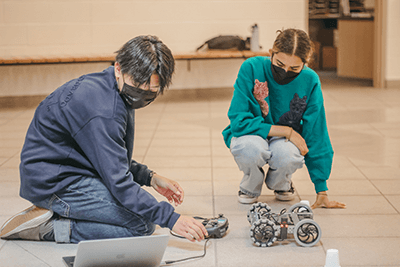 from Mark Segal, Upper School director
from Mark Segal, Upper School director
I am sure that you, like me, have been in an in-depth conversation with another person when, out of the blue, their attention became distracted and they, instinctively, reached for their pocket or purse to examine the notification that arrived on their cell phone. Urgent or not, the buzz or ring distracted the person you were speaking with enough to significantly shift the direction of your interaction. Similar to Pavlov’s classical conditioning experiment with the ringing of a ball and dog salivating, large percentages of individuals have become conditioned to act as soon as our cellular phones ring or buzz.
This became far more noticeable with students when after they had spent long periods away from peers, activities, and social interactions due to pandemic driven shutdowns. For many students the weeks and months of isolation was difficult emotionally and psychologically as they endured months without almost everything that they valued – sports, theatre, music, friends, etc. Thankfully, students returned to school and their activities, but returned to normalcy “out of practice” when it came to social graces, meeting expectations, and the expected give and take of everyday life.
Prior to Covid, psychologist Jean Twenge had been studying teen mental health, and in her 2017 book, iGen, she shared, “the historic downturn in the well-being of young people coincided almost exactly with the dramatic rise of the smartphone and social media.” English teacher and author Tyler Rablin shares in a recent EdSurge article that, “when students pick up their phones, they are immediately bombarded with notifications and noise, which doesn’t support learning.” He continues that there are creative tools and apps that are beneficial to learning, “but these tools and apps are not actively reaching out to them. Instead, it’s TikTok, Instagram and games that are causing distraction. Their phones are actively and intentionally working against the goals of learning.” Read More
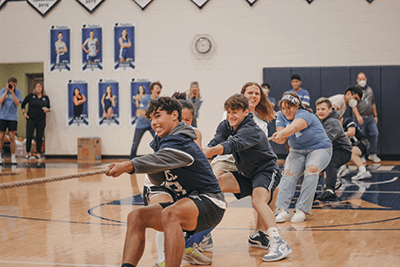 Homecoming 2022: We Are Panthers was a huge success!
Homecoming 2022: We Are Panthers was a huge success!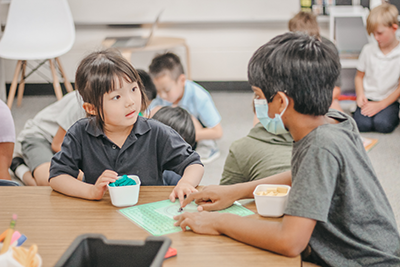 from Bill Hudson, head of school
from Bill Hudson, head of school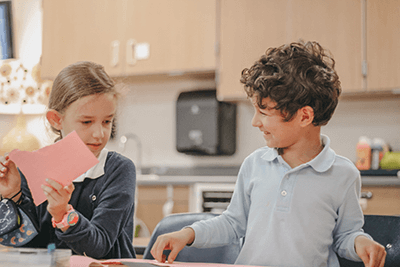 from Dr. Ann Jurewicz, Lower School director
from Dr. Ann Jurewicz, Lower School director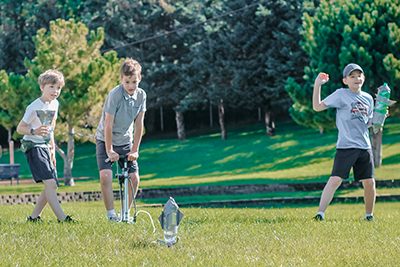 from Dr. Jenn Milam, Middle School director
from Dr. Jenn Milam, Middle School director from Mark Segal, Upper School director
from Mark Segal, Upper School director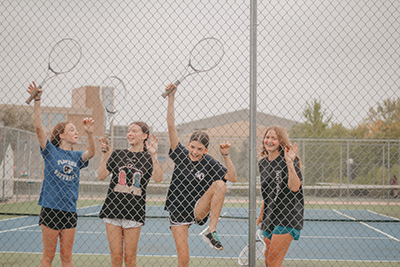
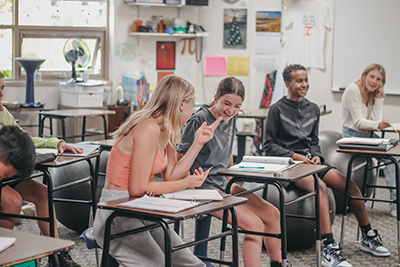 Invite a friend to join us and experience the joy at MPA’s largest PreK-12 admission event, the MPA Preview! Held on Sunday, November 6 at 2 PM, this event will be a structured program that will allow prospective students and parents to get a sense of what makes MPA an exceptional place to learn and grow.
Invite a friend to join us and experience the joy at MPA’s largest PreK-12 admission event, the MPA Preview! Held on Sunday, November 6 at 2 PM, this event will be a structured program that will allow prospective students and parents to get a sense of what makes MPA an exceptional place to learn and grow. from Dr. Bill Hudson, head of school
from Dr. Bill Hudson, head of school What position will you be holding at MPA?
What position will you be holding at MPA?